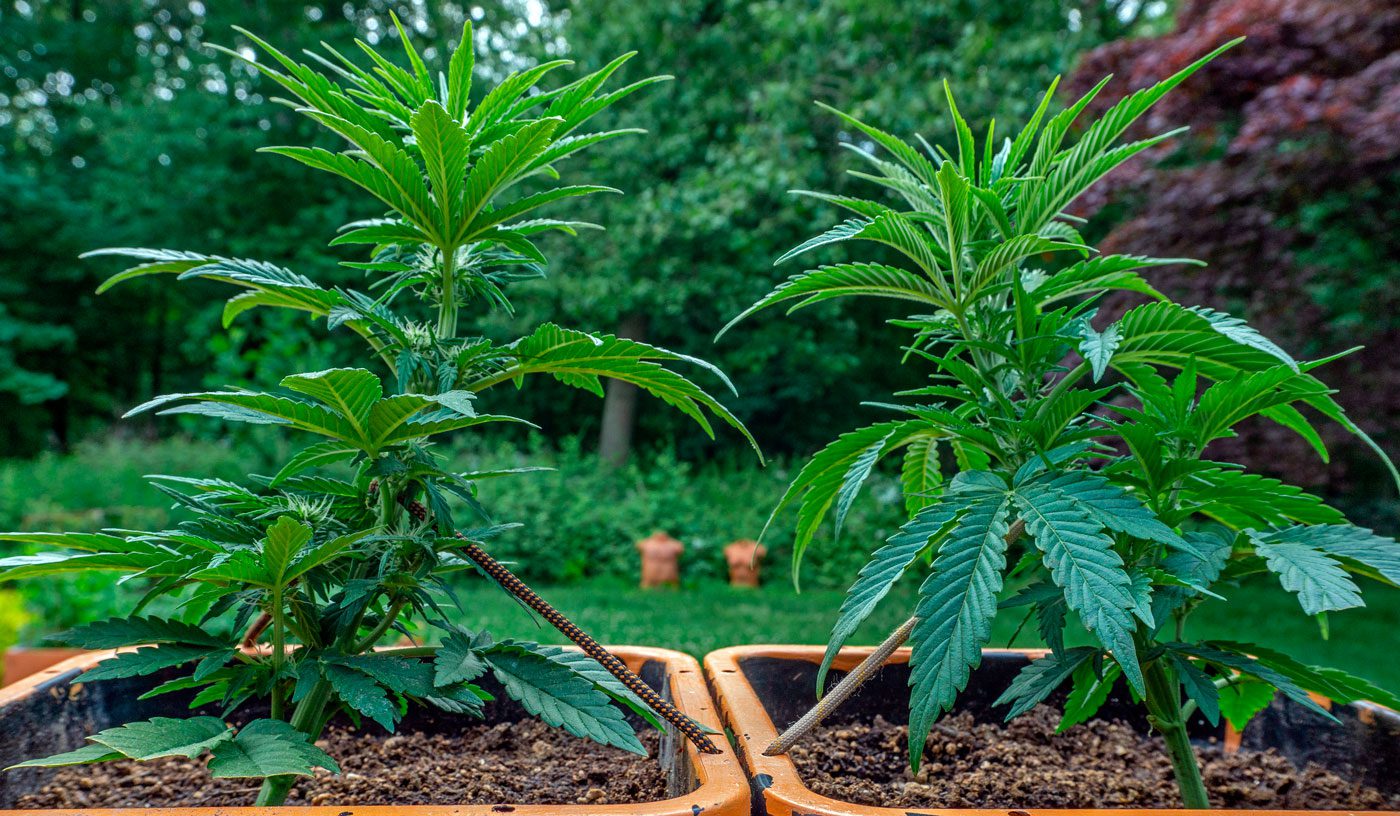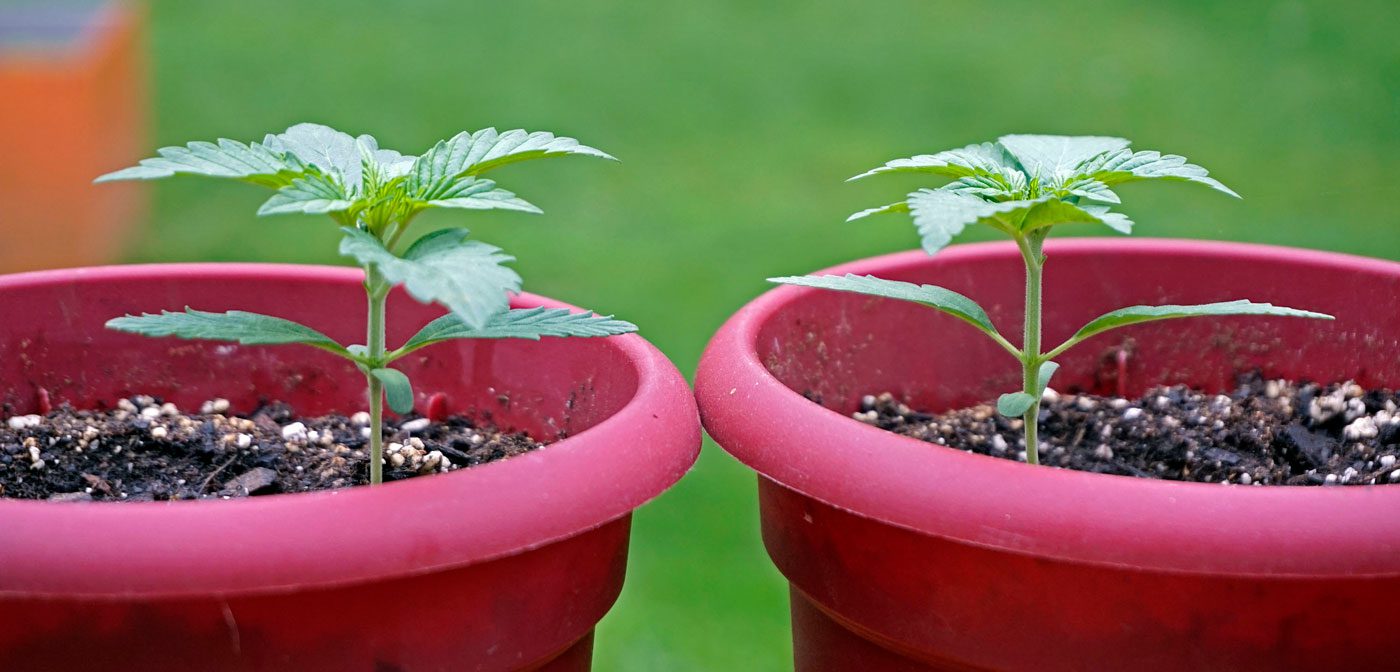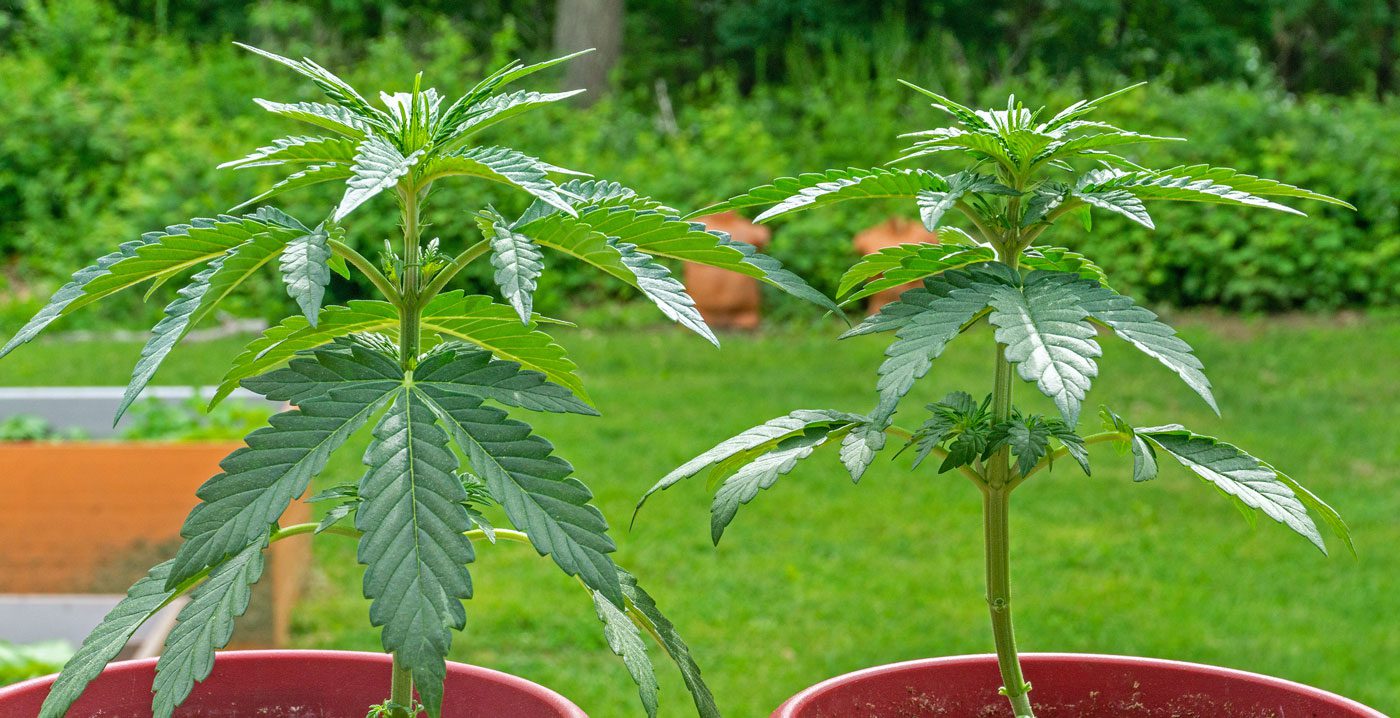As Socrates might have said, the unexamined bud is not worth smoking. Yet during the dark past of cannabis prohibition, only clandestine home growers and their most trusted confidants knew what we were putting into our pipes. With legalization spreading, a new light is shining upon the many impurities that had been added to cannabis all along.
Large scale cannabis growers, both indoors and out, apply an arsenal of chemicals during cultivation. Eating any plant produced with growth hormones and chemical pesticides is worrisome. Smoking any plant produced that way adds two questions that hang in the air: Does combustion destroy or neutralize those contaminants? Is there chemical contamination in the smoke? Scientific studies have long confirmed that contaminants do indeed make their way into tobacco smoke. Research has just begun to confirm the same for smoke from cannabis.
A 2013 study in the Journal of Toxicology (dx.doi.org) analyzed the chemical residue of three pesticides and one growth hormone not in the cannabis itself but in its smoke. Researchers found all four in the smoke and advised that the residues may pose “a significant toxicological threat.” They concluded that the best way to reduce that threat was to make sure that the cannabis did not have any pesticides in the first place. Other cannabis research (Atapattu and Johnson, “Pesticide Analysis in Cannabis Products”) has shown that combustion can create some totally new contaminants, some that combine to become more toxic than the one pesticide alone. Holy smokes!
What’s In Your Weed?
In decades past, you probably bought unregulated, untested, chemicalized, and often contaminated cannabis in flimsy see-through plastic bags. Those bags were just about the only things about the cannabis that were transparent. Your dealer might have told you he had Acapulco Gold smuggled in under the bananas. Or swore it was Maui Wowie stashed in an airline stewardess’s carry-on luggage. In reality, neither of you knew if the contraband was indica or sativa or hybrid. You could only guess if its terpene profile was rich in pinene or myrcene or limonene. You could only hope that the cannabis offered you relief or got you high. Too often, black market cannabis failed to provide either. Instead of alleviating your headache, it might have given you one. That was no black magic spell that had been cast upon that black market cannabis. That was pesticides.
Luckily, times have changed. Now you can compare menus online or walk into a store to pick up the containers and read their labels. You are provided with some assurance that what you read is what you get. Is indica-dominant hybrid your preference? Here you go. Is Tangerine Dream, rich in limonene, on your shopping list? Yours for the asking. Is high THC on your wishlist? Your wish is your budtender’s command. In other ways, times have not changed. Many unsavory substances in and on the cannabis simply don’t appear on any labels. The rap sheet can be ominous.

A Pestilence of Pesticides
“Pesticides” is a codeword for a lot of nasty chemicals that get rid of pretty much anything you want to call a “pest.” Herbicides stamp out weeds. Rodenticides poison little furry animals. Insecticides swat dead all manner of flying and crawling and burrowing insects. Nematicides and miticides eradicate all the other tiny buggies. Fungicides destroy or prevent fungi and molds. Germicides wipe out microbes such as bacteria and viruses.
The application of pesticides is limited if not by state or federal laws then by the economic law of diminishing returns. At some point, the cost of the pesticides can exceed the cost of the crop loss. Unfortunately, cannabis is such a valuable herb that safeguarding it can translate into a heavy toxic load of pesticides. More unfortunately, state laws that regulate pesticides on food crops lag far behind setting limits to their use on cannabis, if such laws to regulate cannabis even exist.
Pesticide contamination is the cannabis industry’s dirty little secret that has never been little and is no longer so secret. Also disturbing is that the legal industry that does uphold high standards of purity comprises only a small segment of the market. Licensed growers, if unscrupulous, may prevent their crop from receiving failing grades by simply switching to other equally hazardous insecticides that they expect will not be tested. Unlicensed growers, scrupulous or not, avoid both testing and taxes. By thus reducing their expenses, they can lower their prices or can increase their profits, and likely both. It’s the American way!
Organically Groan
Organic farming could solve the cannabis chemical conundrum. In the US, the USDA is charged with limiting the toxic chemicals applied to food plants, but it does not knight any cannabis with its official seal of approval. Hemp seeds intended as food for human consumption can receive USDA organic certification, but not hemp flowers destined for smoking. Same as the Canadian Food Inspection Agency (CFIA), the USDA does not touch cannabis. And same as Health Canada, the FDA does not touch organics.
In November 2021, after many delays, California launched an organic certification program similar to the USDA’s. Its OCal Program defines and enforces a “comparable-to-organic” statewide standard for cannabis. In other American states where cannabis is fully legal, an assortment of third-party certifiers has stepped in to fill the OG regulatory void, but each abiding by its own set of rules. The number of third-party certifiers that span across many states is both encouraging and disheartening. Encouraging that there are so many, disheartening that their protocols diverge so widely. The one thing they all share in common is their being prohibited from labeling cannabis as OG. They can describe it as organic, but without the “USDA Organic” circular seal of approval they cannot label it as organic. The USDA claims sovereignty over the catchphrase “organically grown,” and of course the USDA does not touch cannabis.
Homegrown Sweet Homegrown
Third-party certification for organically grown cannabis is commendable, but even better is first-party certification of homegrown because then you are the grower, the certifier, and the end user, all rolled into one. Just as home cooking can be more satisfying, what you grow could surpass any commercial morsel that corporate agriculture can deliver to your doorstep. Growing worthwhile cannabis at home is never easy and not always successful. If you fail, then you will have learned an important lesson to be all the more appreciative of the labors and expertise of the growers upon whom you depend.
And what if you succeed? Weed cultivated by your own hands, grown if not organically then at minimum grown naturally, will be satisfying in a way that buying weed just can’t be. You can make your homegrown as organic as you want it to be. Even if you’re unable to boast about its potency, you can about its purity. Where legal and when practical, grow your own, or get to know your grower. Otherwise, purchase only from legal, vetted, and tested sources. Choose craft cannabis over corporate cannabis. Whenever possible, seek what’s grown locally, grown organically, and grown in soil, preferably outdoors where it can be kissed by sunlight, caressed by rainfall, and where it can reach towards the sky. Not all of us own land for gardens, but most of us have closets where we can grow our own cannabis. “All that is very well,” concludes Voltaire’s Candide. “But let us cultivate our garden.”



